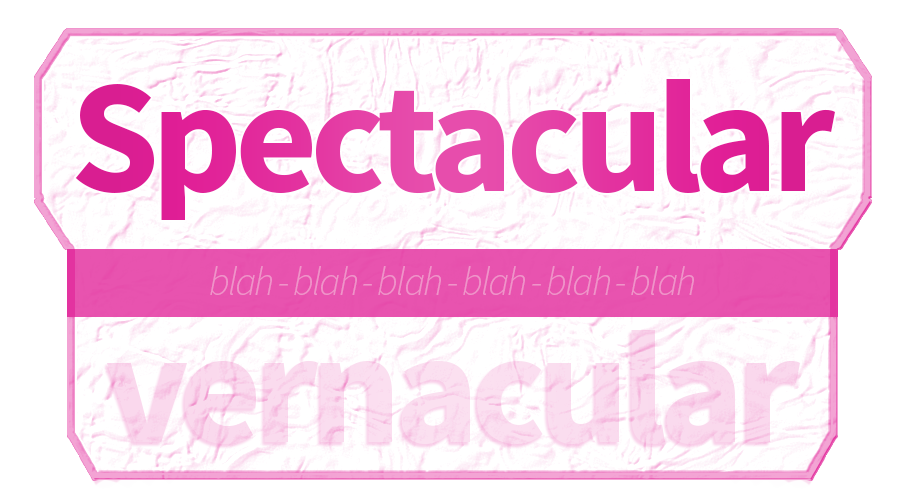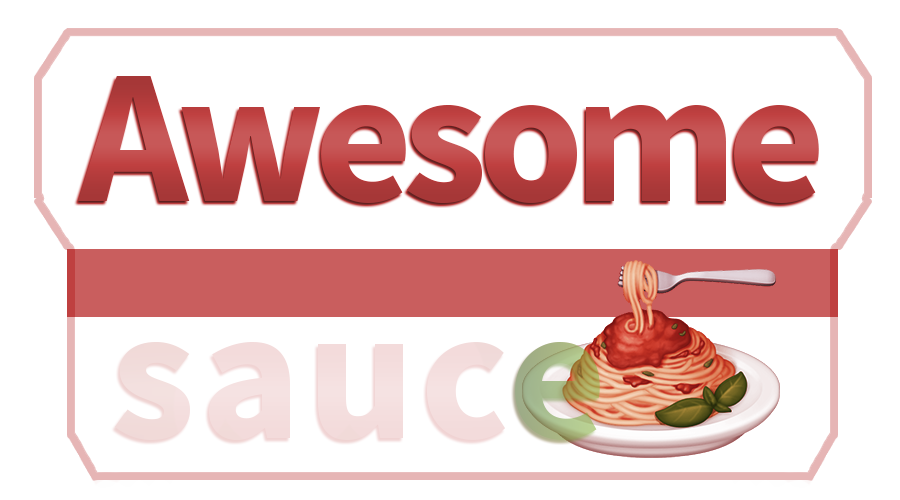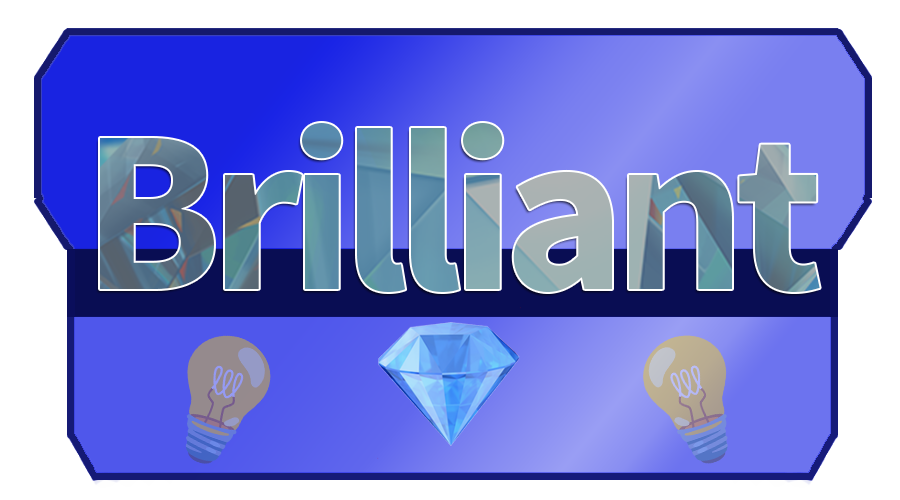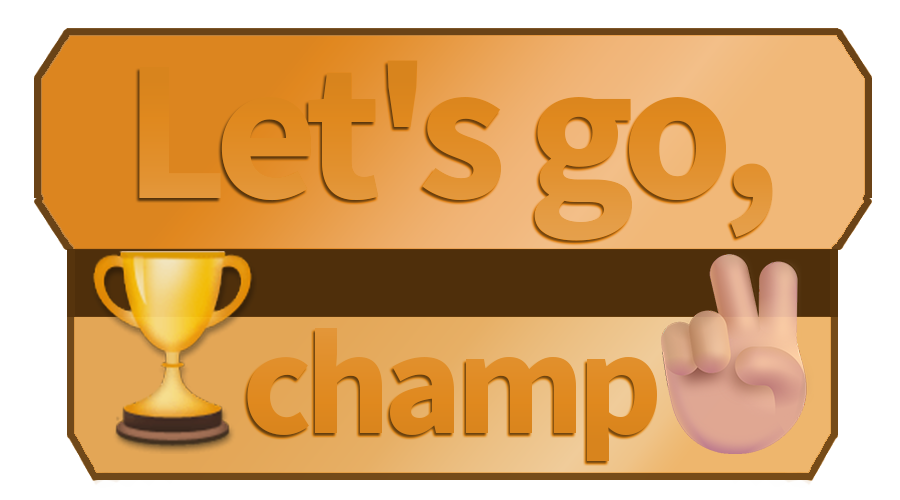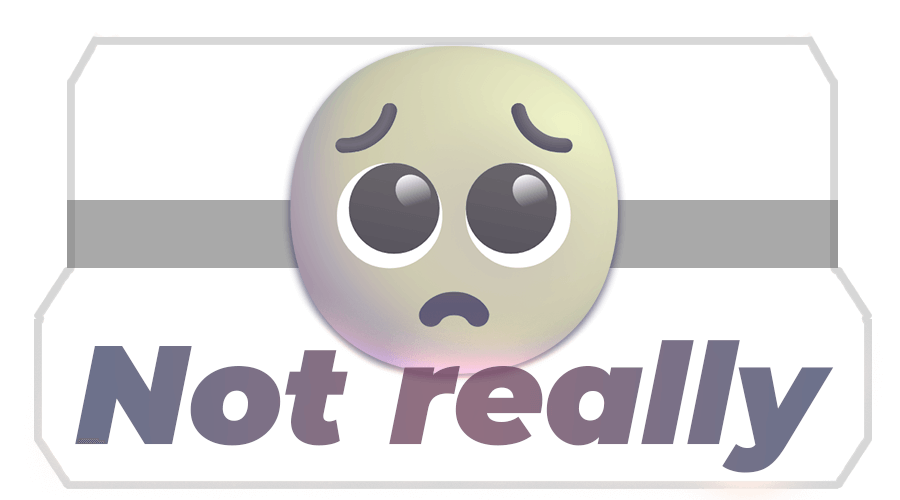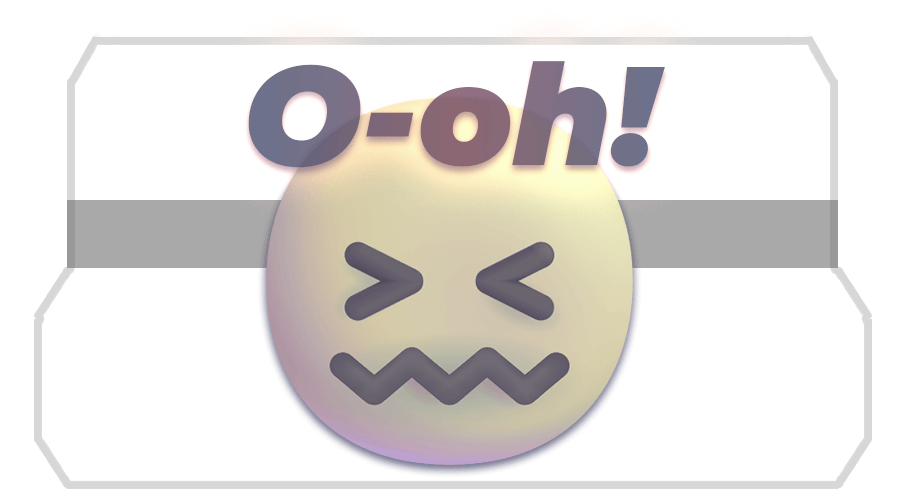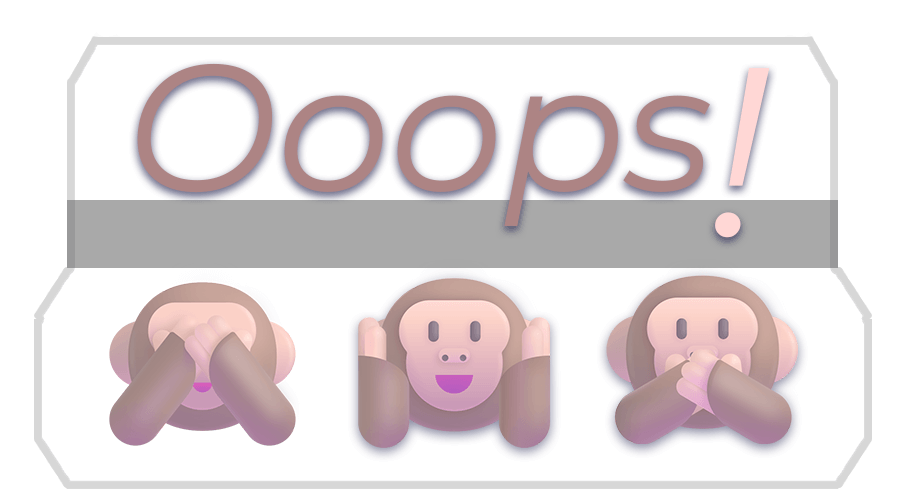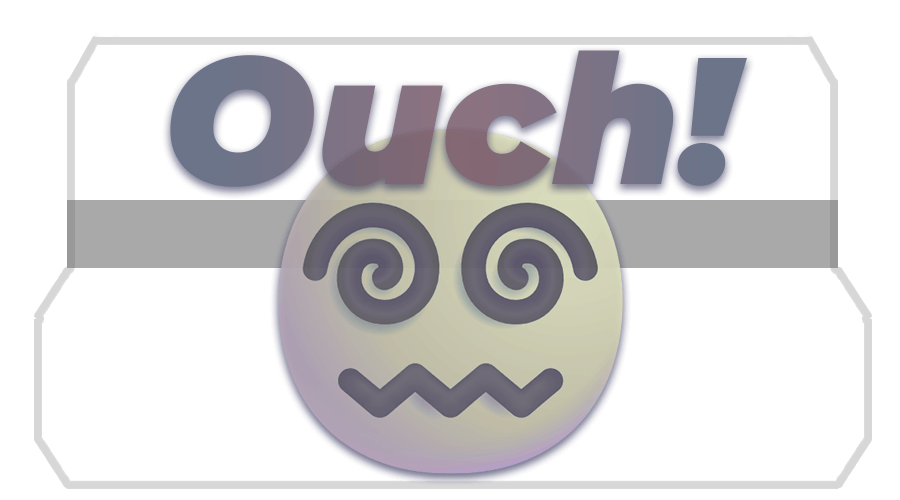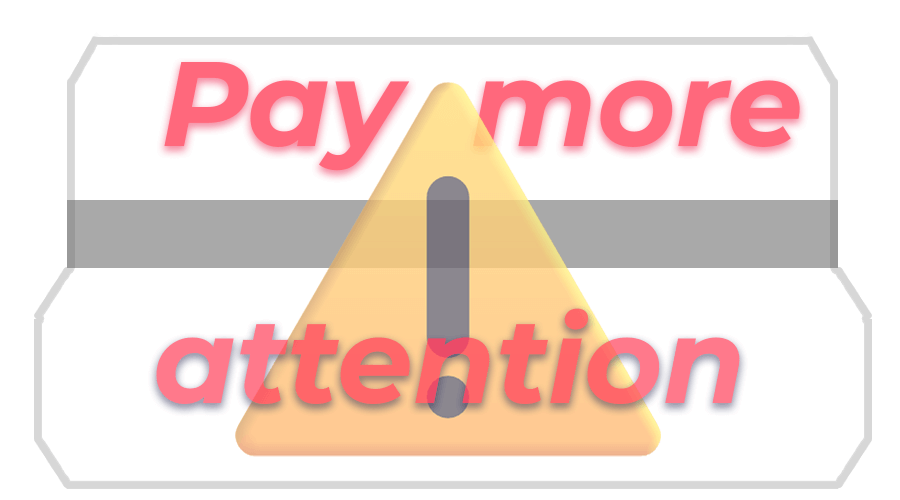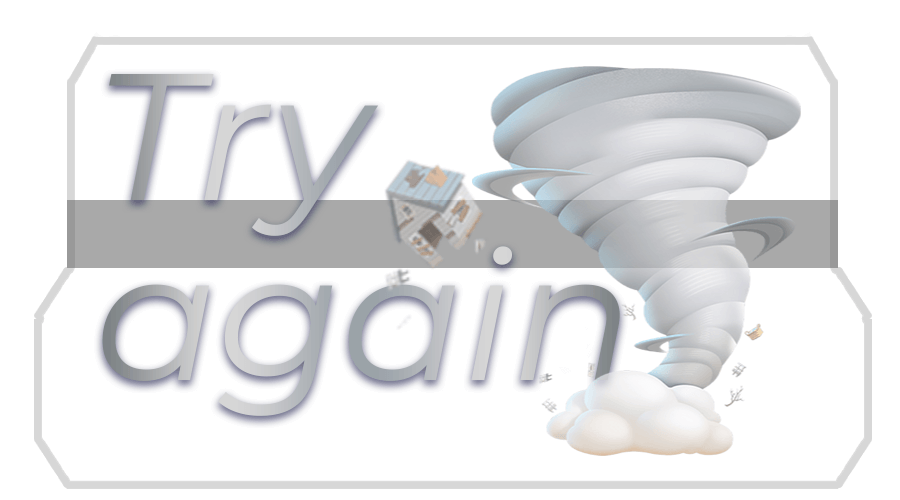LA/RC 014 | 0G : Young chick, do you prefer Red Label or Ice?

When Linnaeus invented a way of naming everything in the world, he changed it for the better. With a way of naming everything, all of the world became something we could someday know. Anything unknown was reconceived. Rather than being a mystery, everything was simply something we could later name.
In my own life, I have always taken this message to heart. From a young age, I would name anything I could. I’d point to anything I saw and attempt to give it a label. Sometimes, I would give things that didn’t have names proper noun names. For example, I would point to a pen and name it “Writey,” or I would point to an airplane in the sky and identify its unknowable pilot. “That one is flown by Rich,” I’d say, “And that one is piloted by Courtney.”
But other times, I’d just name things based on how they looked. My neighbors had a bright red door. So, naturally, I named their house “The One with the Red Door.” Similarly, on the way to my aunt’s house, we’d always drive by a farmhouse that contained three lumbering grain silos that stretched into the sky. I named the house “The Farm That Rises to Heaven.”
None of this is to say that these names were clever. But, you have to remember that I wasn’t even ten yet. And to a child my age, the world seemed too big and awfully scary. The names helped me make the world a little smaller.
The Gift of Labeling
My parents understood my obsession with naming things. With this in mind, they bought me two gifts for my birthday. Both gifts were related to my fascination with naming things.
The first was technically the better gift: it was a new puppy. This was a gift for both my sister and me to share. Since it was my birthday, though, I got the power of naming it. The dog was a border collie, and its black-and-white fur seemed to lend itself to exactly one name. I called it Oreo. Oreo seemed to like her name (I determined the dog was a girl only after naming her). But she also seemed to like my big sister better than she liked me. She was mine in name only, somewhat literally. The gift that proved to be more exciting to me was a label maker. This was an amazing device. It not only gave me the power to name things. It also offered the power to physically apply the names to objects. I would no longer just be able to point to something and say, “That is ‘Fastens, the Stapler.’”
I could literally apply the label “Fastens” to it!
The label maker was incredibly easy to use. It looked like a gun with a keyboard attached. I would type up the label I wanted to use on the keyboard. Then, I’d hit a button and the label would be created, almost like magic. The label would be printed on adhesive paper. So, I could tear off the label, then peel the back of it off. Then, I could just plop the sticky side down and, bam, an object was both named and labeled!
Over the month or so that followed, I took full advantage of my new powers. I put labels on pretty much everything in my room. And I got pretty creative. For instance, I named each of the drawers in my dresser and affixed different labels to each one. Eventually, I labeled the contents of the drawers, too. It became incredibly important for me to know with certainty that my “t-shirts” were in “Troll Drawer” and my “socks and underwear” were in “Horcrux Drawer.” (At the same time I was obsessed with labeling, I was also very much interested in reading Harry Potter books.
Moving On
Eventually, like all of the other obsessions we have as children, I outgrew my label fascination. I moved on to other interests: baseball, science, girls, music, and other distractions. Only in my thirties did I become interested in names again. It happened when a stray cat came to our door, and my nine-year-old daughter (who my wife named after her grandmother) insisted on us adopting it as her pet. My wife and I reluctantly agreed. And then I was presented with a new naming opportunity. The cat was a tabby, with alternating gray, white, and black stripes. My daughter said it looked like a gray tiger, and I suggested the name “Grayger” as a joke. But the name, like so many labels made from
my label maker, stuck.
Grayger (pronounced with the hard g of “tiger”) the cat reminded me of something I’d forgotten for decades. Names have a special power. They tell us something about who we are and how we think of the world. Naming my dog “Oreo” and my daughter’s cat “Grayger” was the same as providing an identity for them. A dog named Oreo must be friendly, and a cat named Grayger must be as playful as the name itself, right?
Human names have the same power. How we call ourselves tells others who we are. It announces to others how we want to be known. Our own names also tell others how open we are. Telling someone your name is a way of sharing your life with another. It is a way of sharing the truth. Insisting on being known by a nickname or initials is in some way a lie. At minimum, it is an attempt to hide who we fully are. Because who we are is what we are named.
More important, though, names make the unknown become known. Providing a name for something or someone is a way of turning the foreign into the familiar. It is a way of making a dangerous world seem safer, or at least more friendly. Names provide us with the power of knowing, then. Names themselves are what make the world our own.












